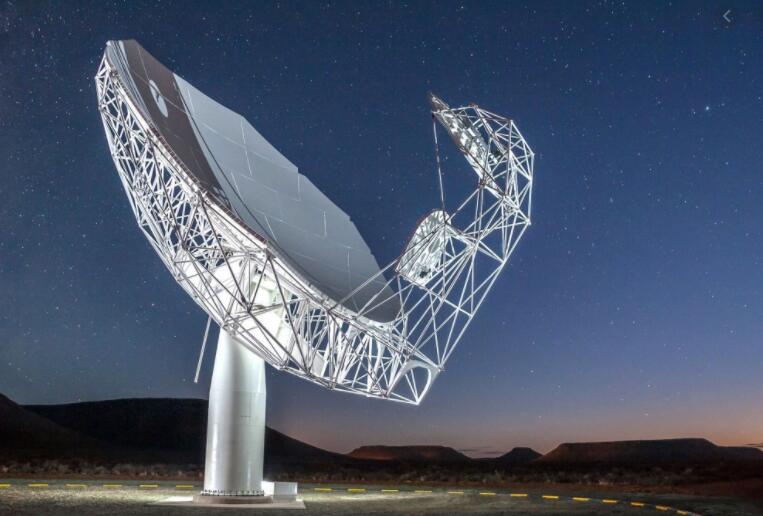Australia to Build Super Telescope
Australian scientists are leading an international project to build an extremely powerful ground-based telescope. The scientists say the machine will provide a deeper and clearer look into space than the Hubble Space Telescope.
The telescope's short name is MAVIS. That stands for Multi-conjugate-adaptive-optics Assisted Visible Imager and Spectrograph.
It is designed to correct a problem common to Earth based telescopes: image blurring caused by atmospheric conditions.
Scientists in Australia say the new technology will help them explore how the first stars formed 13 billion years ago. The telescope will also examine changes in the weather on planets and moons in our solar system.

Images produced by MAVIS are expected to be three times clearer than the Hubble Space Telescope. Launched in 1990, Hubble orbits Earth from about 550 kilometers away, well outside the planet's atmosphere.
Richard McDermid of Macquarie University in Sydney says the new telescope will change the way we explore space.
He said the telescope will permit scientists "to push into a new frontier of the furthest and faintest things we can see."
The new view will include the universe's earliest galaxies. This also means an exploration of the past, McDermid explained, "because when we look far away in astronomy we are also looking far back in time because it takes time for the light to reach us."
The telescope will be placed in Chile and run by the European Southern Observatory, a research organization based in Germany. It is expected to take seven years to build and cost $44 million.
The MAVIS team is led by The Australian National University. The team also includes scientists from Macquarie University, Italy's National Institute for Astrophysics and France's Laboratoire d'Astrophysique.
I'm Jonathan Evans.












